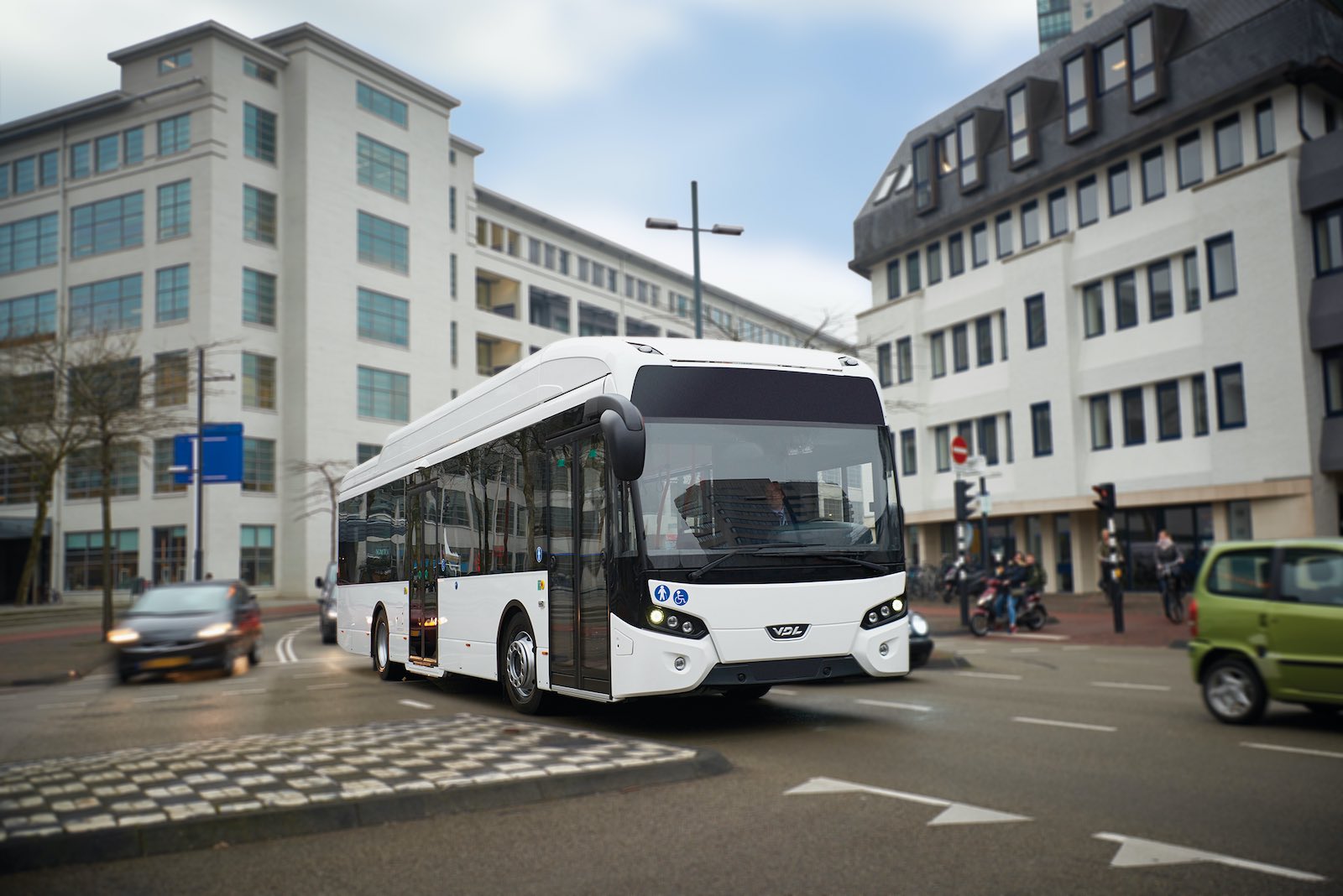

assert the BSY signal and its SCSI ID) if more than a bus set delay has passed since the BUS FREE phase was last observed. c) Following the bus free delay in step (b), the SCSI device may arbitrate for the SCSI bus by asserting both the BSY signal and its own SCSI ID, however the SCSI device shall not arbitrate (i.e.after the BSY and SEL signals are both false for a bus settle delay) before driving any signal. b) The SCSI device shall wait a minimum of a bus free delay after detection of the BUS FREE phase (i.e.NOTE 16 This bus settle delay is necessary because a transmission line phenomenon known as a wired-OR glitch may cause the BSY signal to briefly appear false, even though it is being driven true. The BUS FREE phase is detected whenever both the BSY and SEL signals are simultaneously and continuously false for a minimum of a bus settle delay. a) The SCSI device shall first wait for the BUS FREE phase to occur.The procedure for an SCSI device to obtain control of the SCSI bus is as follows: The ARBITRATION phase allows one SCSI device to gain control of the SCSI bus so that it can initiate or resume an I/O process. The target may optionally prepare sense data that may be retrieved by a REQUEST SENSE command. The target terminates the I/O process by clearing all pending data and status information for the affected nexus. The initiator shall manage this condition as an unsuccessful I/O process termination. The target may perform this transition to the BUS FREE phase independent of the state of the ATN signal.

If an initiator detects the release of the BSY signal by the target at any other time, the target is indicating an error condition to the initiator. h) after a CLEAR QUEUE message is successfully received by a target.g) after an ABORT TAG message is successfully received by a target.f) after a RELEASE RECOVERY message is successfully received by a target.

e) after a COMMAND COMPLETE message is successfully transmitted from a target (see 6.6.5).d) after a DISCONNECT message is successfully transmitted from a target (see 6.6.6).c) after a BUS DEVICE RESET message is successfully received by a target.b) after an ABORT message is successfully received by a target.a) after a reset condition is detected.Initiators normally do not expect BUS FREE phase to begin because of the target's release of the BSY signal except after one of the following occurrences: However, the BUS FREE phase may be entered following the release of the SEL signal after a SELECTION or RESELECTION phase time-out.
#Bus the process 3 plus#
The total time to clear the SCSI bus shall not exceed a bus settle delay plus a bus clear delay.ĭuring normal operation the BUS FREE phase is entered when a target releases the BSY signal. If an SCSI device requires more than a bus settle delay to detect the BUS FREE phase then it shall release all SCSI bus signals within a bus clear delay minus the excess time to detect the BUS FREE phase. SCSI devices shall release all SCSI bus signals within a bus clear delay after the BSY and SEL signals become continuously false for a bus settle delay. SCSI devices shall detect the BUS FREE phase after the SEL and BSY signals are both false for at least a bus settle delay. The BUS FREE phase indicates that there is no current I/O process and that the SCSI bus is available for a connection. In the following descriptions, signals that are not mentioned shall not be asserted. The SCSI bus can never be in more than one phase at any given time. Phases e)-h) are collectively termed the information transfer phases.

The SCSI architecture includes eight distinct phases: 6 Logical characteristics 6.1 SCSI bus phases


 0 kommentar(er)
0 kommentar(er)
